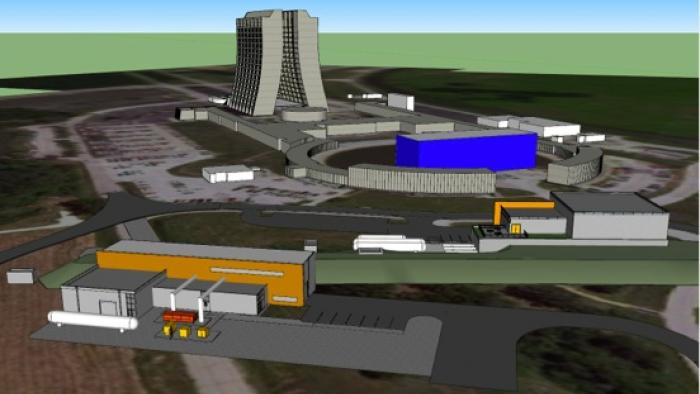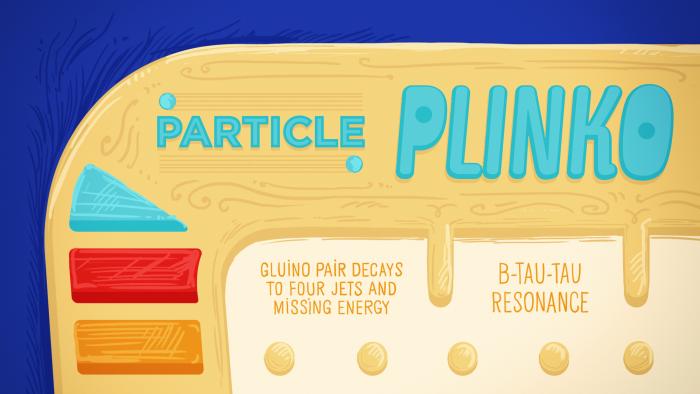2012 Research as Art competition the winners – in pictures Science guardian.co.uk
Updated: 2013-01-11 00:01:41
 : Turn autoplay off Turn autoplay on Please activate cookies in order to turn autoplay off Jump to content s Jump to site navigation 0 Jump to search 4 Terms and conditions 8 Edition : UK US Sign in Mobile Your profile Your details Your comments Your clippings Your lists Sign out Mobile About us About us Contact us Press office Guardian Print Centre Guardian readers' editor Observer readers' editor Terms of service Privacy policy Advertising guide Digital archive Digital edition Guardian Weekly Buy Guardian and Observer photos Today's paper The Guardian G2 features Comment and debate Editorials , letters and corrections Obituaries Other lives Sport Subscribe Subscribe Subscribe to the Guardian iPhone app iPad edition Kindle Extra Guardian Weekly Digital edition All our services The
: Turn autoplay off Turn autoplay on Please activate cookies in order to turn autoplay off Jump to content s Jump to site navigation 0 Jump to search 4 Terms and conditions 8 Edition : UK US Sign in Mobile Your profile Your details Your comments Your clippings Your lists Sign out Mobile About us About us Contact us Press office Guardian Print Centre Guardian readers' editor Observer readers' editor Terms of service Privacy policy Advertising guide Digital archive Digital edition Guardian Weekly Buy Guardian and Observer photos Today's paper The Guardian G2 features Comment and debate Editorials , letters and corrections Obituaries Other lives Sport Subscribe Subscribe Subscribe to the Guardian iPhone app iPad edition Kindle Extra Guardian Weekly Digital edition All our services The
 This spring, scientists at Fermi National Accelerator Laboratory will break ground on the buildings for a Muon Campus. The two initial experiments proposed for the campus draw on three decades of technological advances to turn muons into supersensitive probes for physics beyond the Standard Model.
This spring, scientists at Fermi National Accelerator Laboratory will break ground on the buildings for a Muon Campus. The two initial experiments proposed for the campus draw on three decades of technological advances to turn muons into supersensitive probes for physics beyond the Standard Model. There are two kinds of elementary particles in the universe: bosons and fermions. Bosons don’t mind sitting on top of each other, sharing the same space. In principle, you could pile an infinite number of bosons into the tiniest bucket. Fermions, on the other hand, don’t share space: only a limited number of fermions would fit into the bucket.
Matter, as you might guess, is made of fermions, which stack to form three-dimensional structures. The force fields that bind fermions to each other are made of bosons. Bosons are the glue holding matter together.
There are two kinds of elementary particles in the universe: bosons and fermions. Bosons don’t mind sitting on top of each other, sharing the same space. In principle, you could pile an infinite number of bosons into the tiniest bucket. Fermions, on the other hand, don’t share space: only a limited number of fermions would fit into the bucket.
Matter, as you might guess, is made of fermions, which stack to form three-dimensional structures. The force fields that bind fermions to each other are made of bosons. Bosons are the glue holding matter together. Although he was one of the few artists who attained wealth from his trade, Pablo Picasso used inexpensive, common house paint for some of his works. Perhaps more surprising is that, decades after he painted his greatest masterpieces, a facility with fundamental physics roots identified that paint using a powerful instrument to peer, for the first time, at individual pigment particles comprising some of Picasso’s paintings.
Although he was one of the few artists who attained wealth from his trade, Pablo Picasso used inexpensive, common house paint for some of his works. Perhaps more surprising is that, decades after he painted his greatest masterpieces, a facility with fundamental physics roots identified that paint using a powerful instrument to peer, for the first time, at individual pigment particles comprising some of Picasso’s paintings. Amid the forest of wires and machines in Fermilab's Linac Gallery is a small, windowless room accessible only through a sliding steel door. With wood-paneled walls and a couple of white, synthetic orchids in full bloom, the room seems like it belongs in a home from the 1960s and not among the complex technology of a national accelerator laboratory.
Amid the forest of wires and machines in Fermilab's Linac Gallery is a small, windowless room accessible only through a sliding steel door. With wood-paneled walls and a couple of white, synthetic orchids in full bloom, the room seems like it belongs in a home from the 1960s and not among the complex technology of a national accelerator laboratory. This is quite the time in particle physics. Some of the most exciting discoveries in a decade have been made over the past year, and the coming years promise new endeavors and new findings.
This is quite the time in particle physics. Some of the most exciting discoveries in a decade have been made over the past year, and the coming years promise new endeavors and new findings. A new partnership between scientists from US institutions and CERN could improve results from neutrino experiments around the world. The scientists hope to use equipment at CERN to gain a more precise understanding of the process of creating a neutrino beam.
A new partnership between scientists from US institutions and CERN could improve results from neutrino experiments around the world. The scientists hope to use equipment at CERN to gain a more precise understanding of the process of creating a neutrino beam. In September 2010, about 100 theoretical particle physicists gathered at SLAC National Accelerator Laboratory for a workshop unique in purpose and unprecedented in scope: This group of theorists was determined to rewrite the way Large Hadron Collider data is interpreted—in effect, the way scientific discoveries are made in the realm of high-energy physics.
In September 2010, about 100 theoretical particle physicists gathered at SLAC National Accelerator Laboratory for a workshop unique in purpose and unprecedented in scope: This group of theorists was determined to rewrite the way Large Hadron Collider data is interpreted—in effect, the way scientific discoveries are made in the realm of high-energy physics.